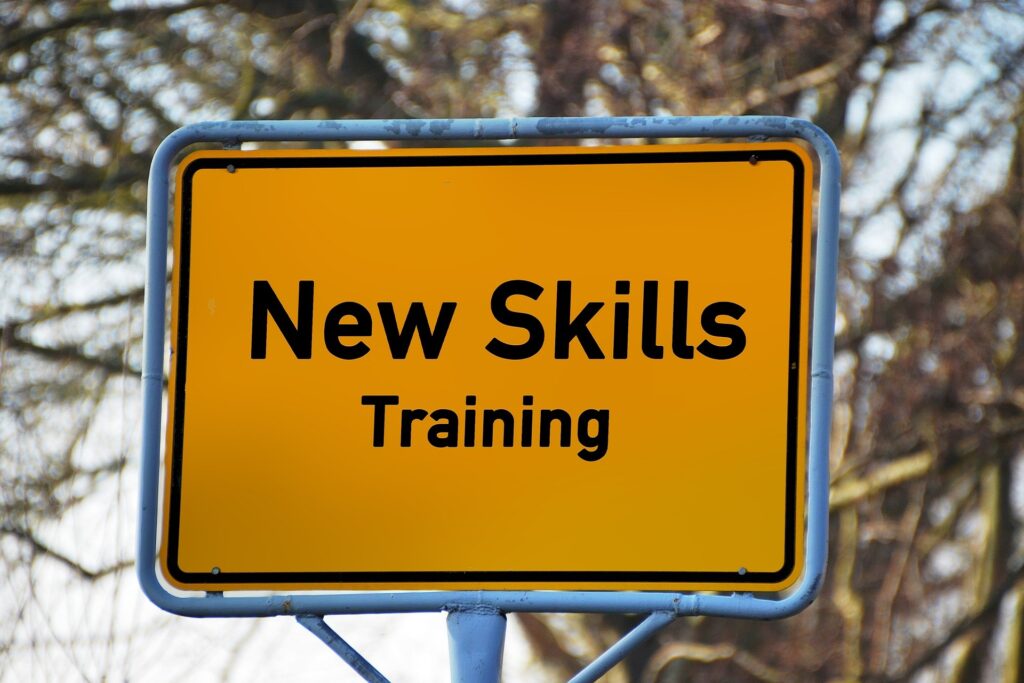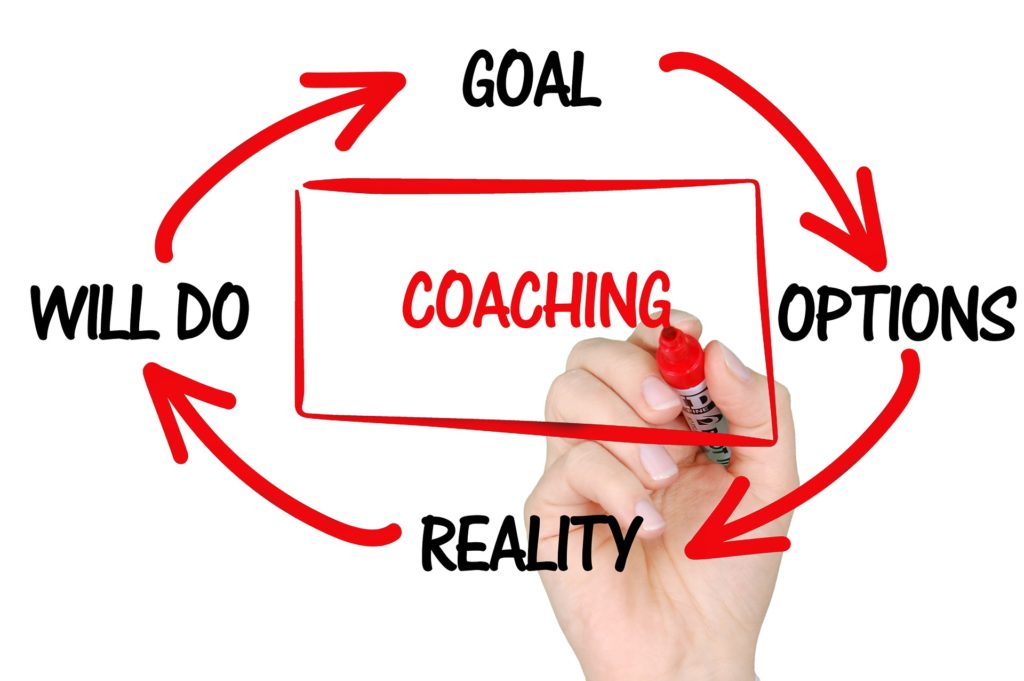When you give a presentation, you need to remember that effective communication is tied up in the use of your voice and body language far more than in the content of what you are saying.
Some studies have found that body language accounts for 55% of what we take away with us when we have sat through a presentation.
Body language leaves a lasting impression, so you must get it right when giving a presentation.
Being under scrutiny and having everyone’s eyes on you can be an uncomfortable experience. The first lesson in body language is that you must not let that show on the outside no matter how you feel inside.
You can do this by “acting” as though you are a confident speaker who has spoken in front of large audiences many times. Visualise how a confident speaker looks on stage or in a boardroom. Now visualise yourself doing that.
You can also watch TED talks on YouTube and analyse what the best presenters do. If you can harness even a small amount of the persona and charisma these people have, you’ll be making giant steps in your presentation skills.
Preparation
Firstly you need to get the content right. Consider what needs to be included in the presentation and keep it simple. Work all the hot topics in and ensure that you have evidence and examples as required.
Before your presentation, you must practice, practice, practice! Not just once, but many times. The more practice you do, the more confident you will feel about the content. Once you know the content inside out, you can start to think about how you will present it.
You need it to look as natural as possible even though you have rehearsed to death when you present. It may not sound logical, but you will look more natural when you have taken the time to go over and over the presentation in rehearsal.
Energy
Throughout the presentation, you need to be dynamic and energetic. You must sound enthusiastic, like you care about what you’re saying and the product or service you are offering.
If you don’t care, why should anyone else? Your body language should reflect this energy. Your head should be up, your eyes shining, your gestures should be high, and perhaps your fist will be clenched when you talk about winning or victory, or you might gesture at your heart if something means a lot to you or your company. Don’t remain rooted to the spot; move around from time to time when you change slide or topic. Inject energy into the room. No movement will lead to the audience’s thoughts drifting off.
Standing
When you are in front of your audience, you need to be perfectly balanced and grounded if you are standing still. Plant both feet on the floor and pull up your spine. Tuck your pelvis in and pull your shoulders down and back.
Do not be tempted to put your weight through one hip as your audience will subconsciously perceive you as slovenly lacking in backbone. Do not fold your arms or cross your legs, as you will appear defensive. Try not to sway as the audience may think you’re a little unbalanced and not trust what you say! It’s difficult when you’re nervous but try to keep your body open and facing the audience as though you are upright and honest with nothing to hide. This will help project confidence.
Interacting with your Visuals
Turning your back on the audience is a no-no, and you need to avoid it as far as possible. If you have slides of some description, point at them from time to time, acknowledge the content or explain graphs and diagrams but do not read from them.
Your audience can read and have already read the slide within two seconds of it going on the screen. Instead, use visuals that will hold their attention while you present confidently, facing your audience and making eye contact. You have rehearsed so much you don’t need to read off the screen anyway, do you?
Movement
It’s a fact that the way you move, gesture and use facial expressions all help to convey meaning to your audience. If you say one thing, but your body language says something else, your audience will get confused. Their subconscious mind reads a presenter’s body language to understand what is being said. Precise gestures and facial expressions will aid the audience’s understanding.
Moving is good. It demonstrates confidence and can show that you are thoughtful and dynamic. Step closer to your audience from time to time but don’t get in their faces too much, or you’ll intimidate them.
Make sure your gestures are powerful; otherwise, there is no point in using them. If you keep your arms locked into your sides or only motion with your hands and wrists, you will appear uptight to your audience, so relax your shoulders and let the movement flow through your arms naturally.
As a rule of thumb, the larger the audience, the more expansive your gestures should be. In front of an intimate board meeting, you can keep your hands quite close to your body at chest height. In front of a large audience you need to move your shoulders and upper arms too. If you have to raise your voice, then raise your gestures.
Not sure you can pull it off? Of course, you can! You don’t have to make a windmill impression; you only need to gesture on certain words or phrases if you wish-practice in private. Try saying ‘increase’ or ‘increased profits’ with a gesture. Try saying ‘amazing’ or ‘we’ll get results this way. It isn’t about turning cartwheels; it’s about your audience perceiving you as engaging, interested and interesting.
First Impressions Count!
From the moment you appear in the room or on the stage, you need to take ownership and make a positive impression. Shuffling towards a lectern or fiddling with the equipment will not instil much confidence among the audience. Instead, walk-on in front of them, head held high, shoulders back, making eye contact, and smiling with your eyes as well as your face. Greet everyone. Take a moment to compose yourself, take a deep breath, and then launch in with your opening statement.
Own the stage and fake your confidence. Within no time at all, you won’t ever have to pretend again!
Pamela Wigglesworth, CSP is an international marketing consultant, speaker and the CEO of Experiential Hands-on Learning based in Asia. She is the author of The 50-60 Something Start-up Entrepreneur and works with organizations across multiple industries to help them increase brand awareness, increase leads and ultimately increase sales.
To learn more about Pamela, visit the Experiential website at https://experiential.sg/ or email her at courses@experiential.sg
Article Source: https://EzineArticles.com/expert/P_Lorraine_Wigglesworth/969794
Article Source: http://EzineArticles.com/10507683
Read more here: BLOG

















